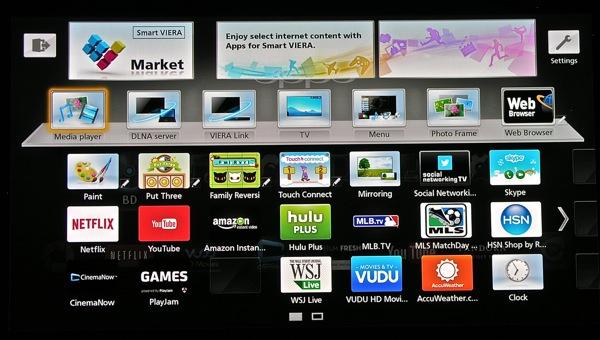So I was recently checking out the new season of Hannibal on Vudu, my first experience with the service, and, at first, the picture quality seemed absolutely incredible. But then I realized that blacks were being absolutely crushed. The image in dark scenes was pretty much unwatchable. At first I assumed it was my projector as its "auto" mode on color space isn't always the best but the results were the same when I switched to my plasma. The video settings for the app were pretty much non-existent and I tried changing some things around on my PS3 but no luck.
I'm used to that sort of difficultly when I'm watching movies on plex but for a streaming service to have that problem was pretty frustrating. I mean, I had just paid $25 for the season in HD and I could barely watch it.
So one of the downsides of streaming... lack of standards and/or compatibility.



































































